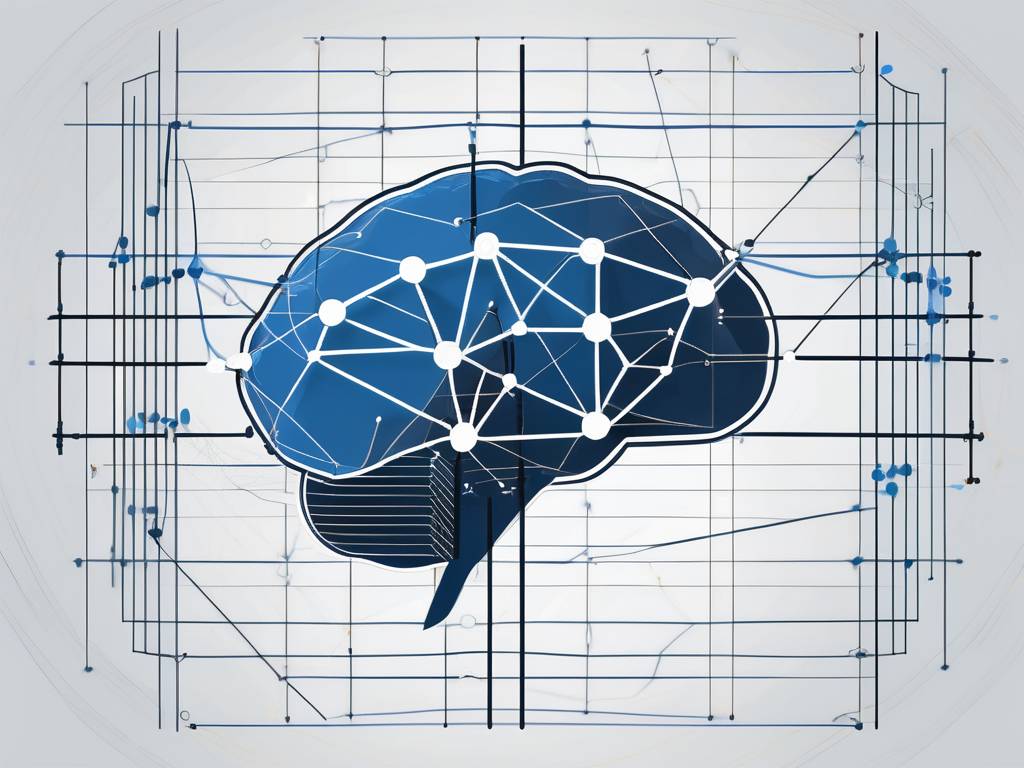Predictive Modeling: Machine Learning Explained
Predictive modeling is a statistical technique used to forecast outcomes. It is a process that uses data and statistics to predict outcomes with data models. These models can be used to predict anything from sports outcomes and television ratings to technological advances and corporate earnings.
Machine learning, on the other hand, is a type of artificial intelligence (AI) that allows software applications to become more accurate in predicting outcomes without being explicitly programmed to do so. It focuses on the development of computer programs that can access data and use it to learn for themselves.
Understanding Predictive Modeling
Predictive modeling is a process that uses data mining and probability to forecast outcomes. Each model is made up of a number of predictors, which are variables that are likely to influence future results. Once data has been collected for these predictors, a statistical model is formulated.
The model may employ a simple linear equation, or it may be a complex neural network, mapped out by sophisticated software. As additional data becomes available, the statistical analysis model is validated or revised.
Types of Predictive Models
There are several types of predictive models which include decision trees, regression models, neural networks, and time series models. Decision trees are models that use an if-then approach to predict an outcome. Regression models, on the other hand, predict a continuous outcome such as a person’s weight or income.
Neural networks are complex predictive models that are often used for data mining and pattern recognition. Time series models predict the future based on past patterns. These models are often used in economics and weather forecasting.
Applications of Predictive Modeling
Predictive modeling is used in various fields including marketing, insurance, telecommunications, retail, travel, healthcare, pharmaceuticals and other fields. In marketing, for example, a company might use predictive modeling to identify who their best customers might be or to help predict how many new customers they might get.
In insurance, predictive models are used to calculate premiums or to predict which customers are likely to make a claim. In healthcare, predictive models can be used to predict patient readmissions or to identify patients at risk of developing a particular disease.
Understanding Machine Learning
Machine learning is a method of data analysis that automates analytical model building. It is a branch of artificial intelligence based on the idea that systems can learn from data, identify patterns and make decisions with minimal human intervention.
Because of new computing technologies, machine learning today is not like machine learning of the past. It was born from pattern recognition and the theory that computers can learn without being programmed to perform specific tasks; researchers interested in artificial intelligence wanted to see if computers could learn from data.
Types of Machine Learning
There are three main types of machine learning: supervised learning, unsupervised learning, and reinforcement learning. Supervised learning is where the model is trained on a labelled dataset. Unsupervised learning, on the other hand, is a type of machine learning algorithm used to draw inferences from datasets consisting of input data without labelled responses.
Reinforcement learning is a type of machine learning algorithm that takes suitable action to maximize reward in a particular situation. It is employed by various software and machines to find the best possible behavior or path it should take in a specific context.
Applications of Machine Learning
Machine learning applications are all around us. Some of the most common applications include email filtering, detection of network intruders, and computer vision, which is heavily used in facial recognition techniques.
Other important applications of machine learning include voice user interfaces, chatbots, digital assistants, business process automation, predictive maintenance, and self-driving cars.
Comparing Predictive Modeling & Machine Learning
While predictive modeling and machine learning can be similar and are often used interchangeably, they are not the same thing. Predictive modeling is a statistical technique to predict future behavior while machine learning is an artificial intelligence technique to make machines learn from data and make predictions or decisions without being explicitly programmed.
Both predictive modeling and machine learning use data to make predictions or decisions. However, predictive modeling uses statistical techniques and formulas to make predictions while machine learning uses algorithms to learn from data and make predictions.
Similarities between Predictive Modeling & Machine Learning
Both predictive modeling and machine learning are data analysis techniques used to predict future outcomes. They both use data to make predictions and decisions. Both techniques also require a large amount of data to make accurate predictions.
Both predictive modeling and machine learning can be used in a wide range of fields including marketing, healthcare, insurance, retail, and more. They can both be used to predict customer behavior, calculate insurance premiums, predict patient readmissions, and more.
Differences between Predictive Modeling & Machine Learning
While both predictive modeling and machine learning use data to make predictions, they do so in different ways. Predictive modeling uses statistical techniques and formulas to make predictions. It uses a number of predictors, which are variables that are likely to influence future results.
Machine learning, on the other hand, uses algorithms to learn from data and make predictions. It is a type of artificial intelligence that allows software applications to become more accurate in predicting outcomes without being explicitly programmed to do so.
Conclusion
In conclusion, predictive modeling and machine learning are powerful techniques that can be used to predict future outcomes. While they are similar in many ways, they are not the same thing. Predictive modeling is a statistical technique while machine learning is an artificial intelligence technique.
Both techniques have a wide range of applications and can be used in a variety of fields. However, they require a large amount of data to make accurate predictions. As such, they are often used in fields where large amounts of data are readily available.

 hello@westlink.com
hello@westlink.com  (866) 954-6533
(866) 954-6533  700 N Colorado Blvd,
700 N Colorado Blvd,







Comments